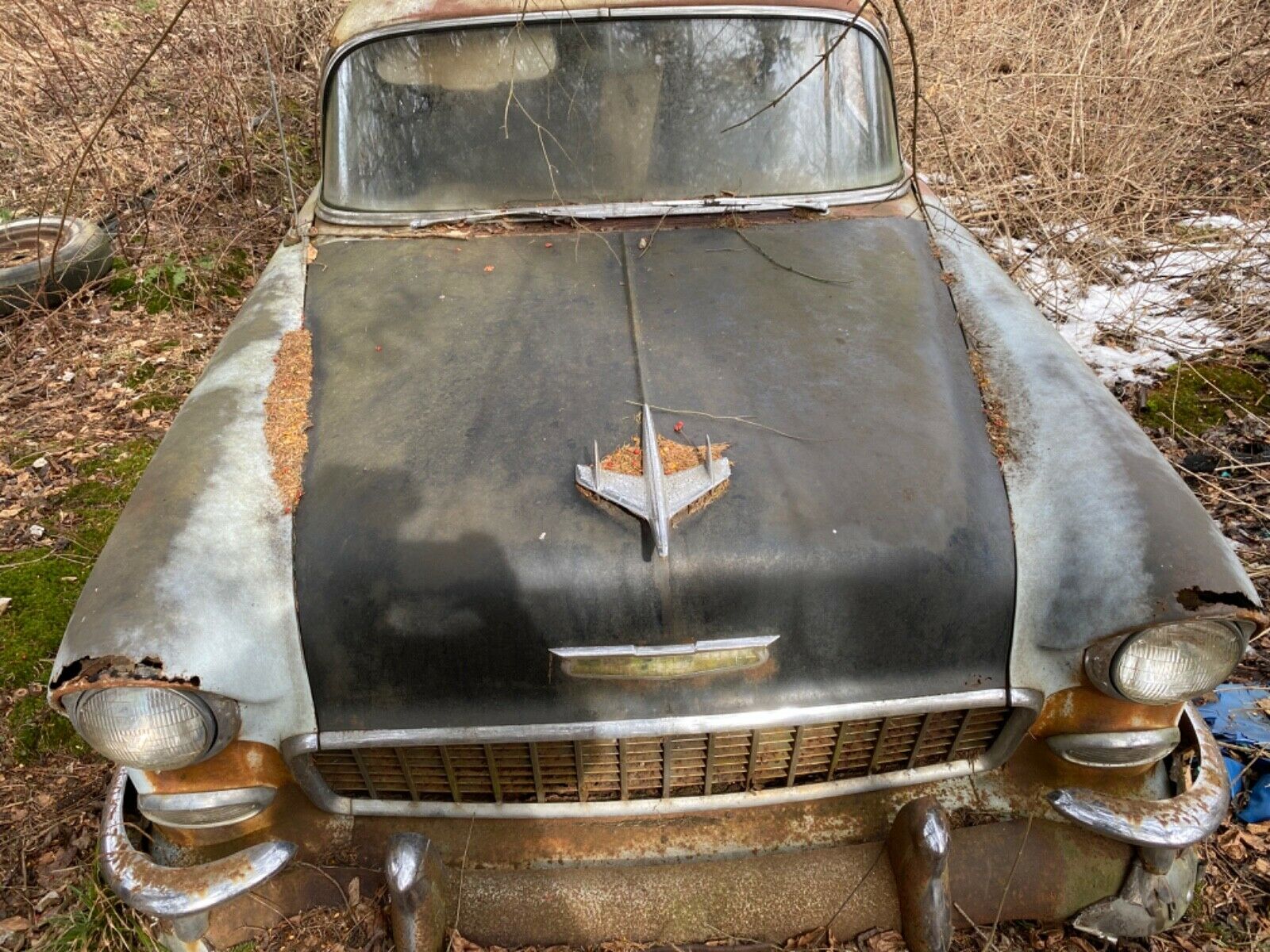A 1960 Chevrolet Bel Air that has recently waved goodbye to the barn where it's been sitting for way too many years is ready for an easy restoration.

The car seems to tick all the boxes, at least based on the images provided by its new owner, so turning it into a collector's dream shouldn’t be such a challenging job.
Chevrolet's late '50s and early '60s came down to two big names: Bel Air and Impala. The first was the one that gave birth to the latter, donating most of the parts and engines to eventually turn it into an automotive sensation in the United States.

The 1960 example pulled from a barn recently not only comes in an impressive shape but also sports the essential features of the perfect restoration candidate. Despite a long time in hiding, the rust isn't a problem – I can see a spot or two in the provided photos, but everything looks fixable; you should still inspect the undersides thoroughly, but I don't expect massive rust in there.

For example, the trunk pan is rust-free, which suggests the car has been sleeping in very good conditions. The owner has already installed new brakes and a new gas tank.
The engine is the part that'll probably make you even more intrigued. This Bel Air is powered by a 348 (5.7-liter) that still stars and runs beautifully. The owner says there's a small exhaust leak, but fixing it should be as easy as 1-2-3.

As if the overall package wasn’t already solid enough to allow for easy restoration to a perfect-10 condition, this Bel Air also comes alongside a parts car. eBay seller steve61corvette says it sports good quarters and other parts, so in theory, you have everything you need to put together a mesmerizing Bel Air that can be proudly parked alongside other classics in mint condition.

The pricing seems reasonable, though I still believe that seeing the car in person is essential for a potential purchase. The owner is willing to let the Bel Air go for at least $12,000 – this is the starting bid, and given a reserve hasn't been configured, whoever is willing to pay at least this much can take the beautiful Bel Air home.






































